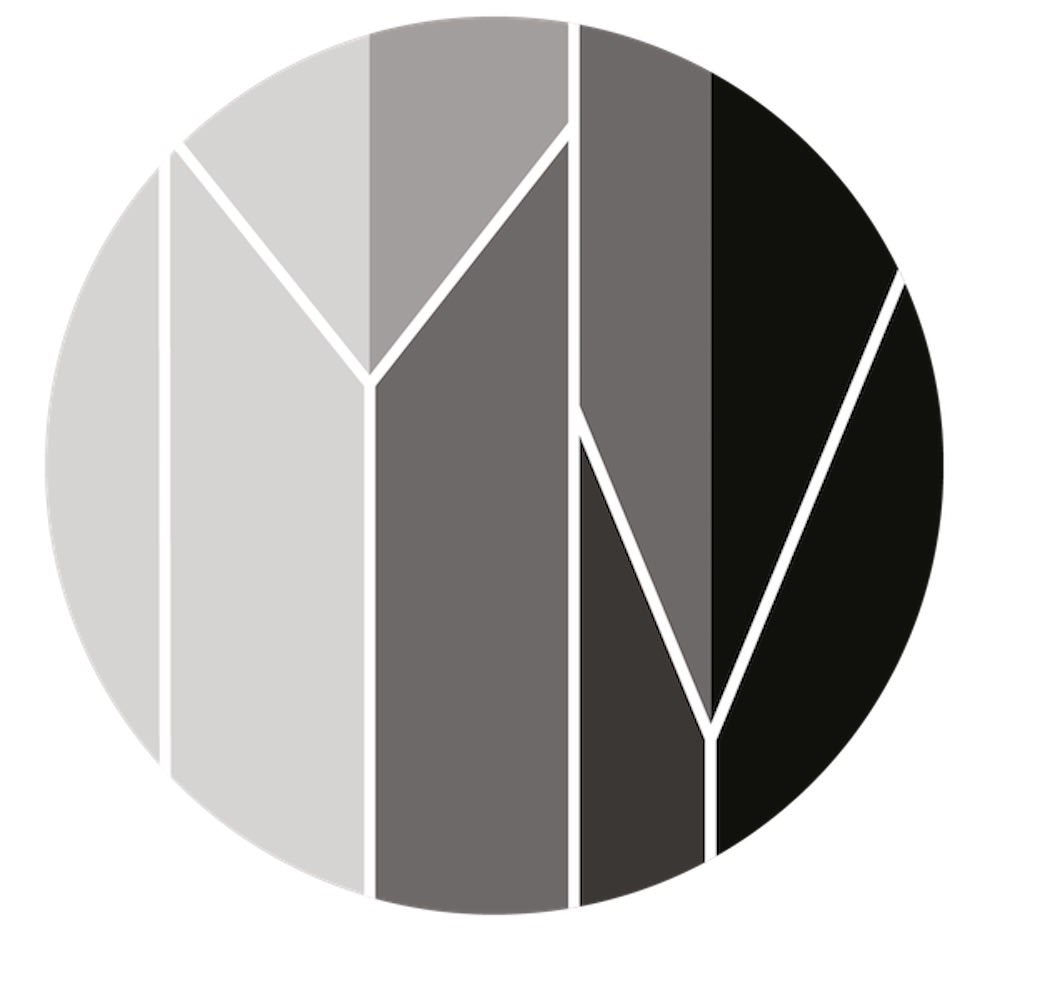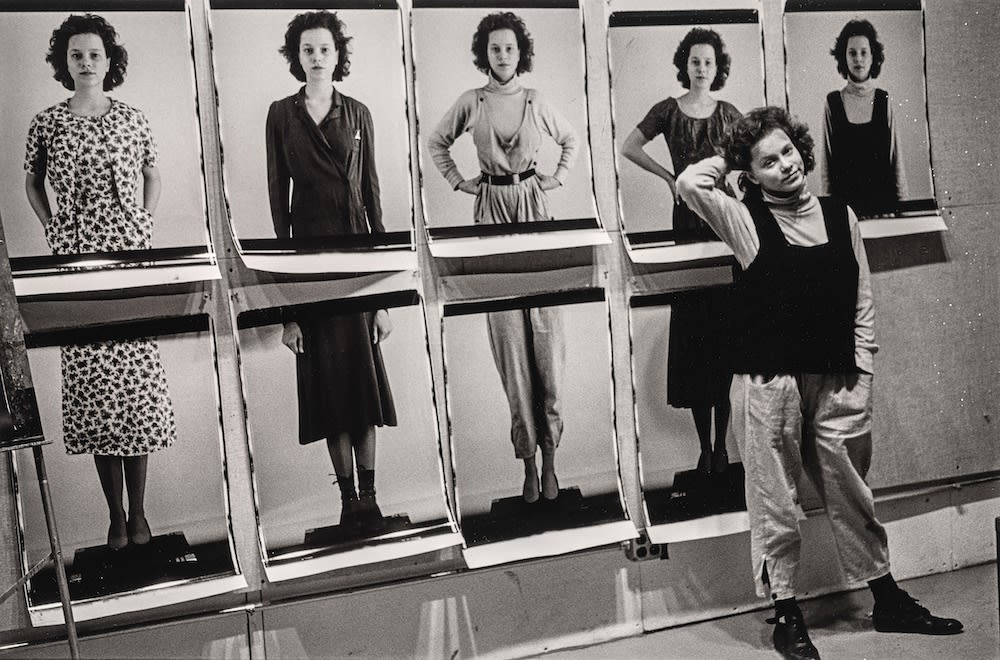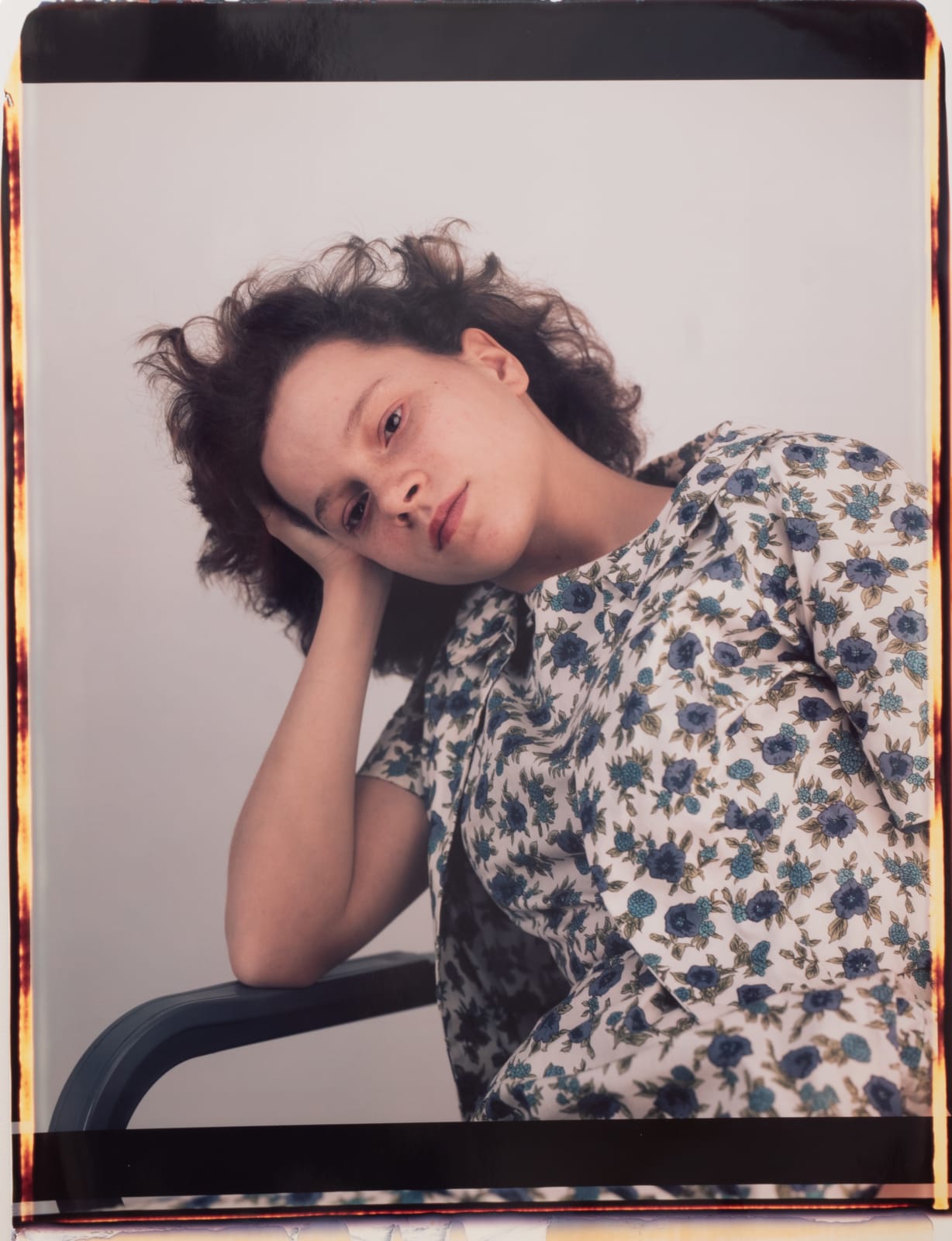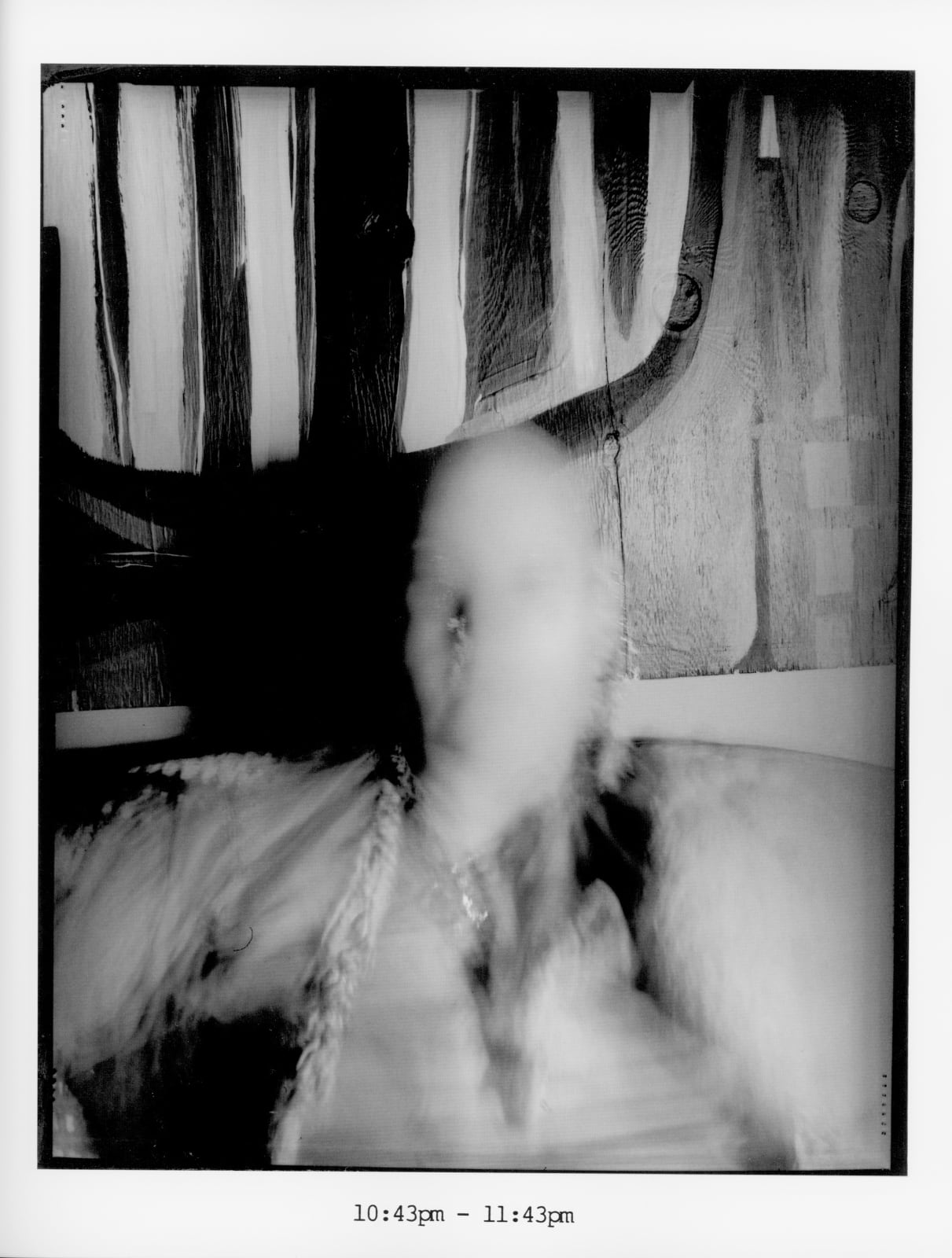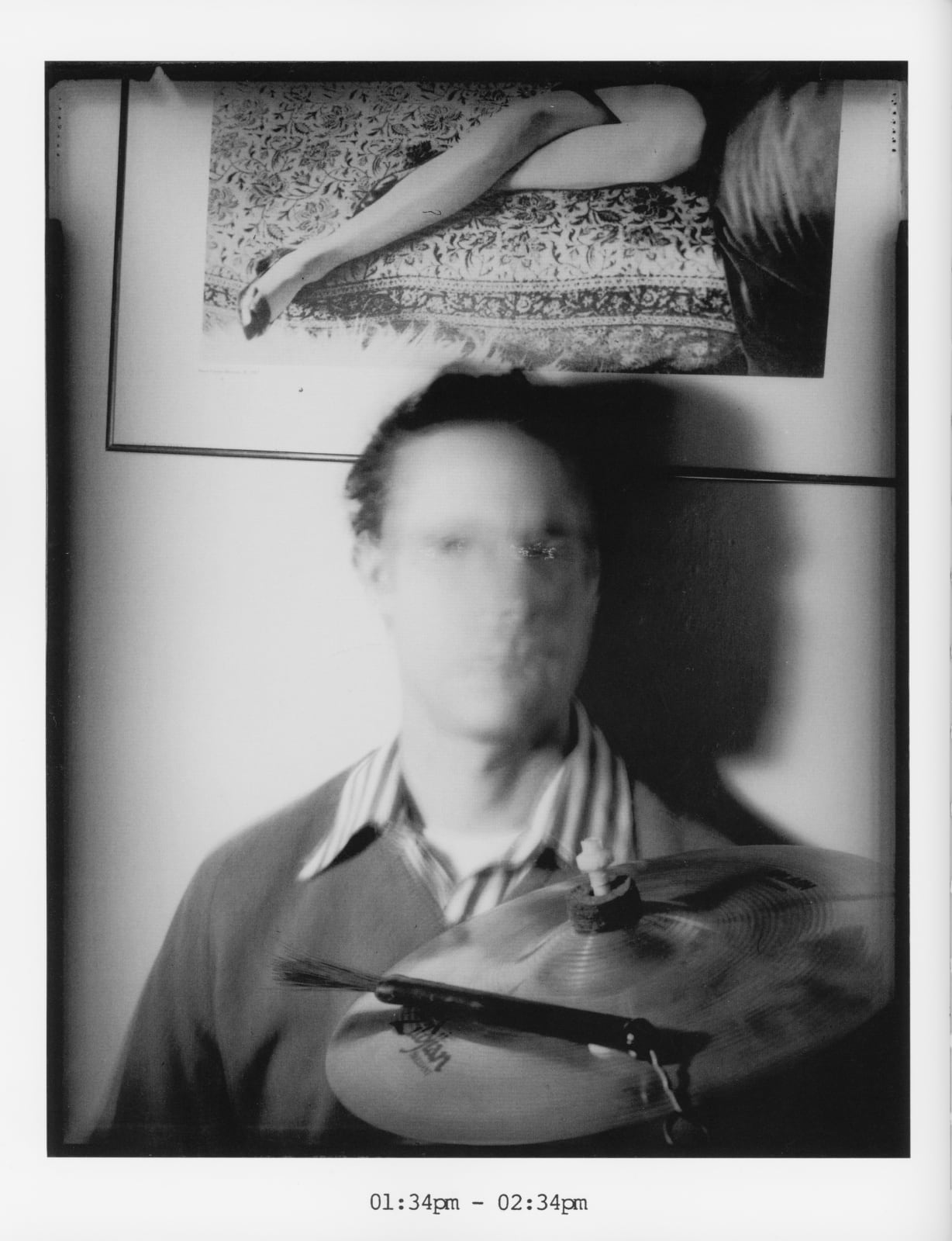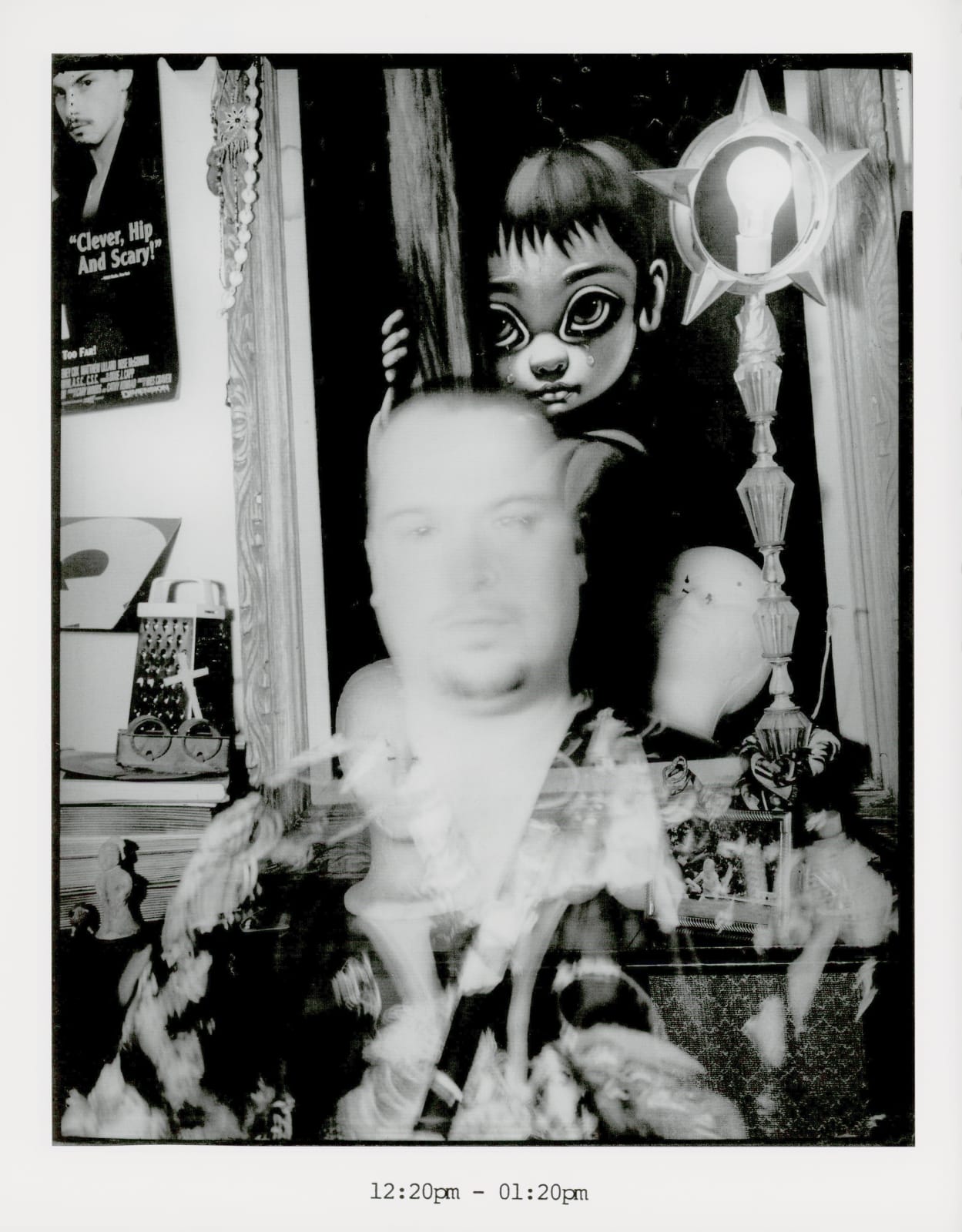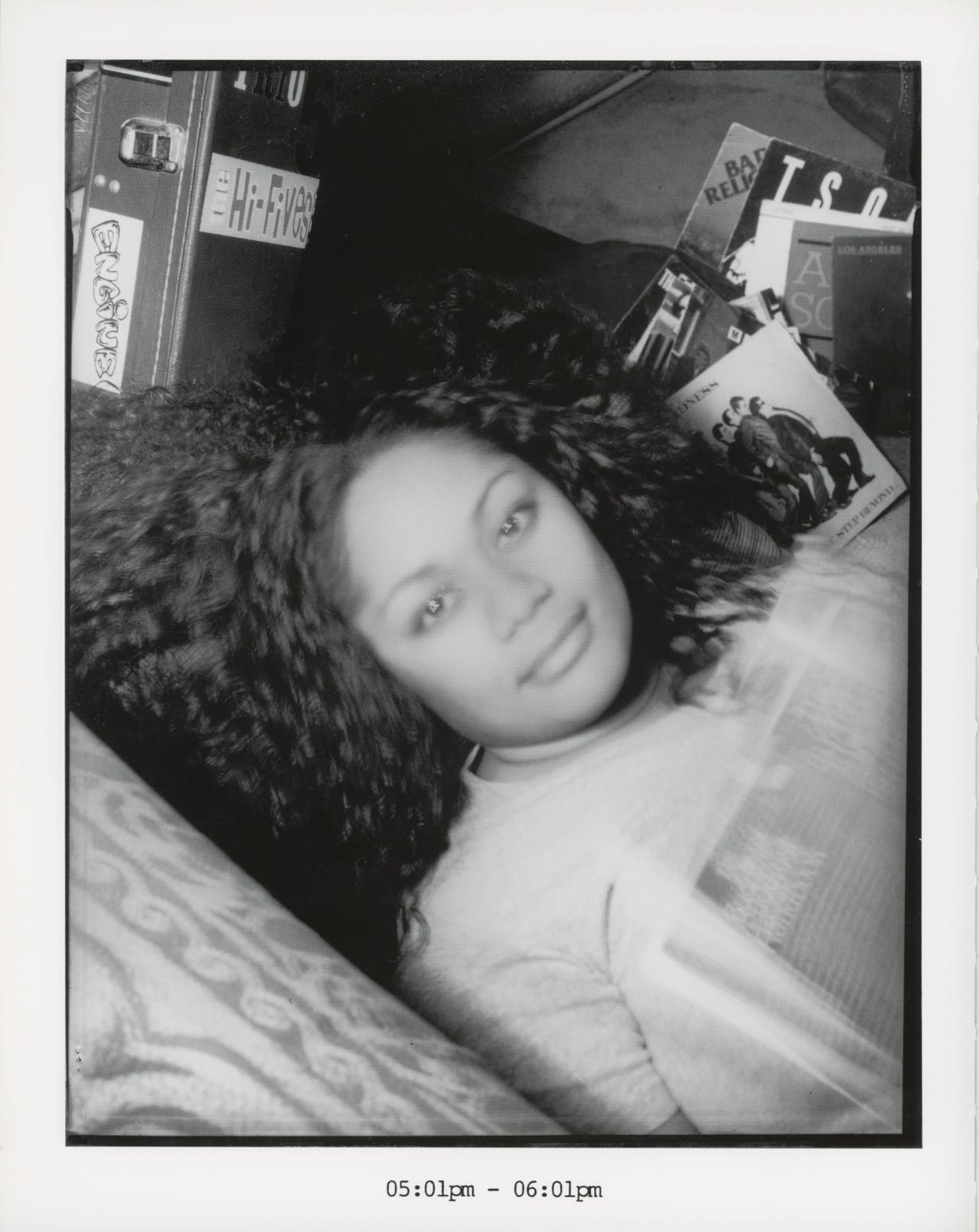Our booth B51 will feature a duo presentation of works by Melissa Shook (b. 1939 – d. 2020) and Ken Ohara (b. 1942). Both artists began their innovative portraiture in photography in New York in the early 1970s, but their subsequent works, such as Shook's large-format Polaroid family portraits from 1984 and Ohara's series of ultra-long-exposure portraits of Angelenos from 1998, have rarely been exhibited before.
Melissa Shook: Family Portraits in Large-format Polaroids
Melissa Shook (1939-2020) invited her parents, her teenage daughter Krissy, and Krissy’s friend Cheryl to participate in a photo session. Krissy and Cheryl posed in a variety of outfits with a fashion-modeling flair, while Shook and her parents appeared in plain, everyday attire. Shook photographed the upper and lower bodies separately, then vertically combined the two frames, seemingly to amplify the impact of the large-format Polaroid. Krissy dominates the project with multiple solo frames of her upper body.
Rather than pursuing formal studio portraits, Shook captured the subjects’ spontaneous gestures and body language in the presence of the imposing optical machine. In the lower frame, a prop trunk — used as a platform — remains visible as part of the scene’s original context. While the themes of family, friendship, and collaborative acts are at the core of the work, Shook's Polaroid is reminiscent of portraiture from a bygone era, yet disarmingly direct and intimate.
Ken Ohara: One-Hour-Exposure Portraits of Strangers
In a contrasting yet complementary approach, Ken Ohara (b. 1942) invited over one hundred strangers living in a Los Angeles suburb. For each session, he brought his equipment to the subject’s home or workplace and photographed them with the camera shutter open for exactly one hour. These extraordinarily long exposures induced fatigue, tension, and at times, a hypnotic effect — revealing a deeper, more introspective layer of the subjects’ psyches.
Each black-and-white image, painstakingly developed and printed, renders the subject with blurred textures but an undeniable aura of presence. Ohara emphasizes that it is not the structure of his method but his subjects’ voluntary responses to it that define the project’s essence. Titled with, the series constructs an unusual relational space between the photographer and subject, reexamining the artist’s control over the resulting image and subtly inverting the power dynamic between them.
